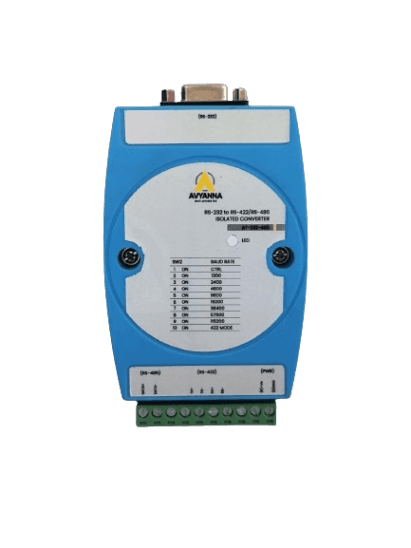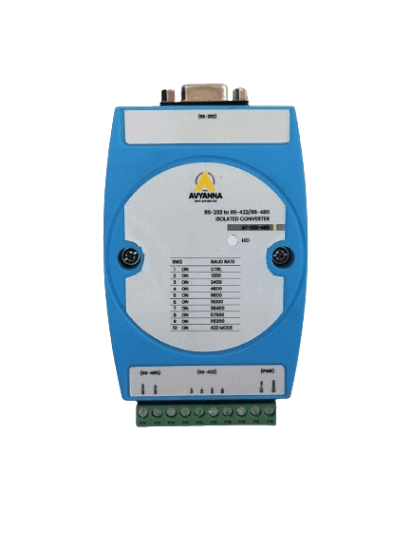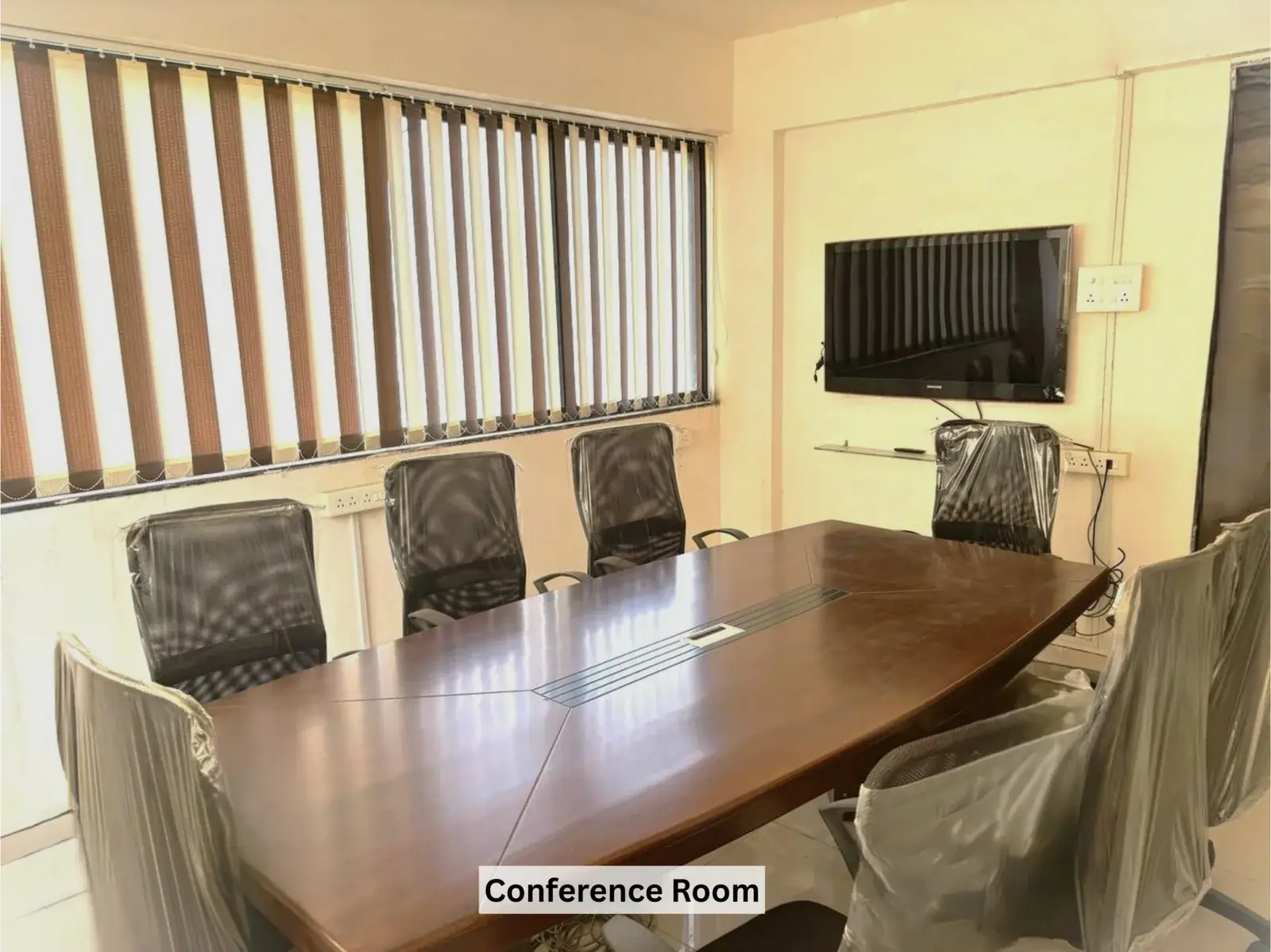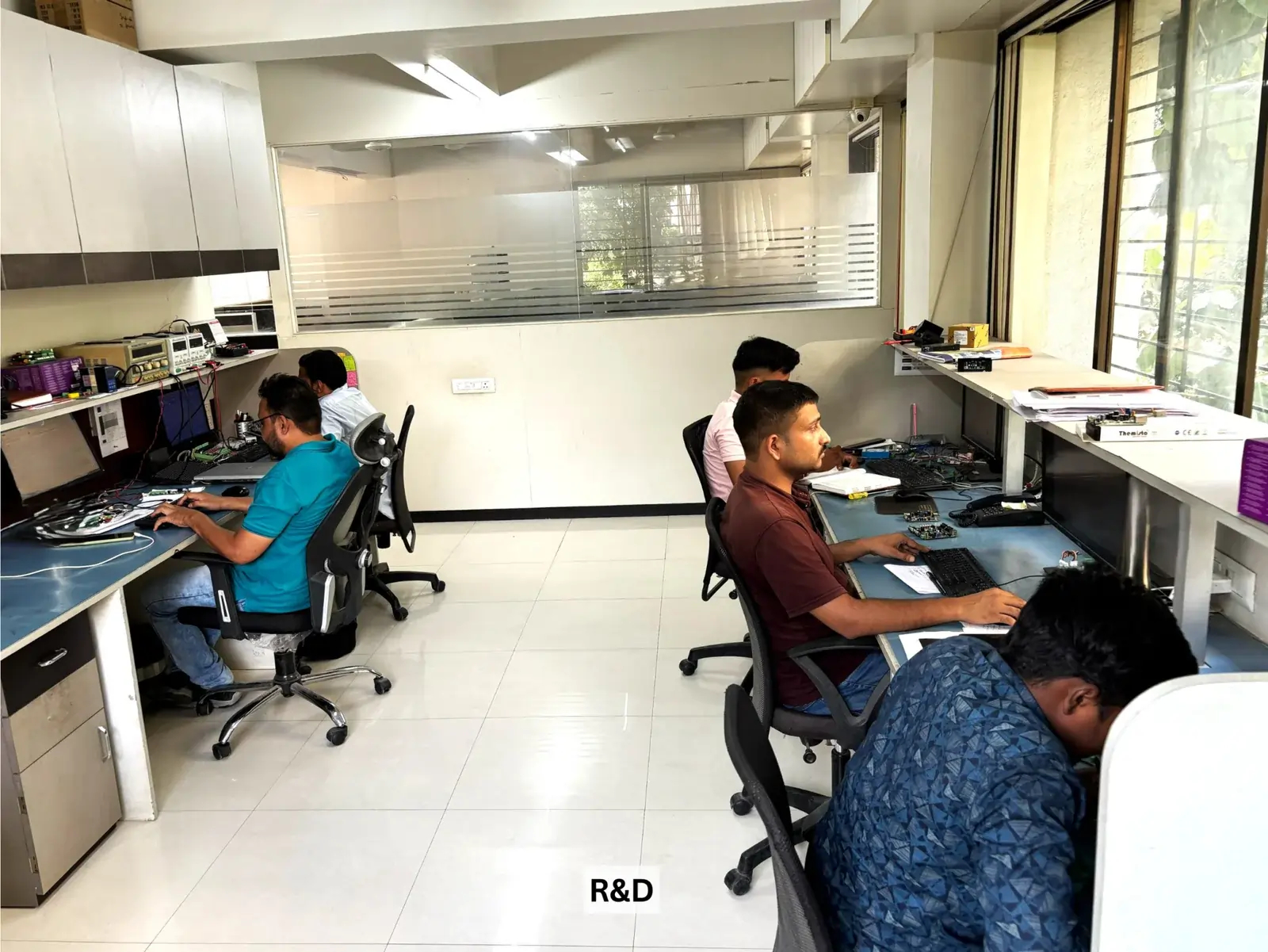What is the Purpose of an RS232 to RS485 Converter?

In industrial automation, data communication is the backbone of efficiency, accuracy, and control. While RS232 and RS485 are both widely used serial communication standards, they serve different purposes. This is where an RS232 to RS485 converter comes into play—bridging the gap between the two protocols for seamless data exchange.
Understanding RS232 and RS485 Communication
- RS232: Commonly found in older PCs, PLCs, and industrial machines, RS232 supports point-to-point communication over short distances.
- RS485: Designed for long-distance, multi-drop communication, RS485 is ideal for connecting multiple devices across large industrial setups.
Since many legacy devices still operate on RS232 while modern systems use RS485, direct communication between the two is not possible without a serial port converter.

Purpose of an RS232 to RS485 Converter
An RS232 to RS485 converter enables compatibility between RS232-based equipment and RS485 networks. The main purposes include:
- Protocol Conversion
It translates RS232 signals into RS485-compatible differential signals, allowing devices with different communication standards to work together. - Extended Communication Distance
RS232 works up to ~15 meters, whereas RS485 can extend up to 1200 meters. The converter bridges this gap, making long-distance communication possible. - Multi-Device Networking
RS485 supports multiple devices on the same bus (up to 32 or more), which is not possible with RS232. The converter allows RS232 devices to join such networks. - Noise Reduction & Data Reliability
Many serial port isolators come integrated within RS232 to RS485 converters, protecting systems from electrical interference and ensuring stable data transfer.
Role of Serial Port Isolators
Electrical surges, ground loops, and electromagnetic interference can cause data errors or hardware damage. A serial port isolator inside the converter protects both connected devices, ensuring safe and uninterrupted communication in noisy industrial environments.
Typical Applications
- Industrial Automation – Connecting PLCs, HMIs, and SCADA systems across long distances.
- Energy Management – Linking energy meters to monitoring stations.
- Transportation Systems – Integrating various devices in railway, metro, or airport control centers.
- Building Automation – Linking HVAC systems, access controls, and sensors.
Choosing the Right Serial Port Converter
When selecting an RS232 to RS485 converter, consider:
- Whether it has built-in serial port isolation for safety.
- Baud rate and data format compatibility.
- Power requirements (self-powered or external).
- Environmental durability for industrial use.
Conclusion
An RS232 to RS485 converter is more than just a signal translator—it’s a vital tool for extending communication distances, connecting legacy and modern equipment, and ensuring reliable industrial data transfer. With the right serial port converter featuring a serial port isolator, you can safeguard your devices while achieving seamless integration.
FAQ Section
1. What is an RS232 to RS485 converter used for?
An RS232 to RS485 converter allows devices with different serial interfaces to communicate seamlessly. It converts RS232 signals to RS485, enabling long-distance, noise-resistant, and multi-device communication in industrial and automation systems.
2. How is a serial port isolator different from a standard converter?
A serial port isolator not only converts signals but also protects equipment from voltage spikes, ground loops, and electrical interference, ensuring safe and reliable communication in harsh environments.
3. Can a serial port converter work without external power?
Many RS232 to RS485 converters are designed as self-powered units, drawing power from the RS232 port. However, some models may require an external power source for stable operation, especially in long-distance setups.
4. Why is RS485 preferred for industrial communication?
RS485 supports longer cable lengths (up to 1,200 meters), higher data rates, and multi-drop connections, making it ideal for industrial applications where multiple devices share the same network.
5. Does a serial port converter improve data transmission speed?
While the converter itself doesn’t increase speed beyond protocol limits, it ensures stable and error-free transmission, which effectively improves overall communication reliability.






[email protected]